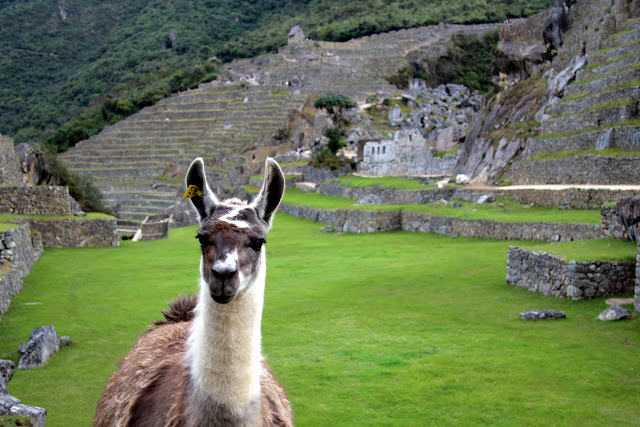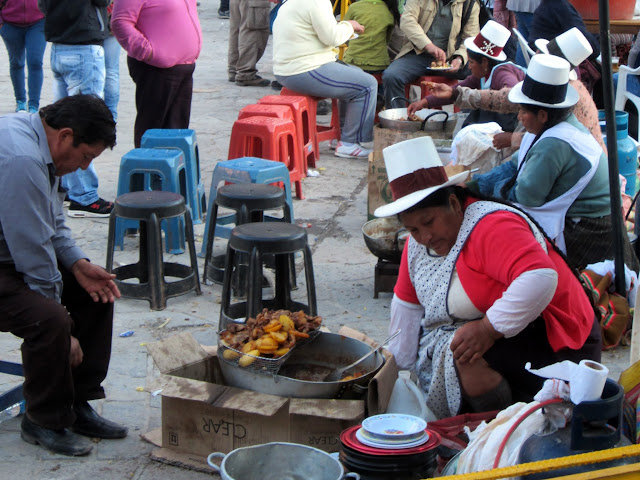Machu Picchu is a full city, which would have supported an active and diverse population. The terraces around the city (such as see on the west side of photo above) were used for agriculture while the center of the city included homes, an area for workshops, and religious/government/commerce functions.
In addition to having all of the infrastructure for supporting urban life, there is also the fact that Machu Picchu embodies an utterly stupefying amount of effort and will. Terraforming a mountain top into a set of terraces on all sides with massive stone buildings would be a challenge using today's technology, but Machu Picchu is over 600 years old. It must have taken an army to build (most likely not all were volunteers). The amount of rock moved by hand to build this is unfathomable...

...and yet people abandoned it. The reason for Machu Picchu being left to be covered by jungle is lost to history. Most likely it had to do with the sudden collapse of the Inca empire and the mandated adoption of European norms, but it seems unbelievable that an investment of this magnitude would simply disappear after people shrugged their shoulders and left. It is truly a sight to see and fully unforgettable.
I spent two days in the ruins, so I had a pretty good opportunity to walk around twice. Getting there is easy enough: Once you have your Machu Picchu tickets in hand (buy them online here well in advance or work with a local to buy them for you), you simply hop on one of the extremely easy to find and obvious buses in Aguas Calientes and enjoy the 20 minute drive up the mountain. You can hike it, but this does not look like an enjoyable to me: It is directly up the mountain and features numerous road crossings with buses. Also, don't forget the altitude! If you were going to do the hike no matter, I would take the bus up and hike down instead.
At the entrance, you'll find the Belmont Lodge, which is your tourist buffet brunch. The offerings are actually pretty good, but it is pricey. On the other hand, this is it for food up here and you are technically not supposed to bring stuff in to the park (Be courtesy and pack it out!). In practice you can bring whatever you want in, and I highly recommend plenty of water, something energy packed to eat, and protection against the sun.
From the main entrance, the main view you are seeking is up the path. Take the first left and go up and you will be welcome by the classic view below.

My absolute favorite parts of Machu Picchu, however, were both big and small. It was fun to feed the llamas that are wandering about and the stone work of the temples (see above) are mind boggling impeccable, but what I suspect I will remember the most are two things. The first is a lesser traveled area below the "industrial" area (below). Fewer people come this way and it is an ideal place to take a break or a even a nap. It is quiet, natural, and very peaceful. The ruins here exhibit less manipulation and restoration than some of the other areas, and you get a better feeling of being away from everything.
The second thing that I will remember vividly is a single wild strawberry that I found. I love wild strawberries. As I have talked about before, wild strawberries (aka "smultron" in Swedish) are a rare treat for me and connected with wandering around Sweden as a kid. This single strawberry found on the hillside of Machu Picchu connects back to all that in addition to being delectable. I also only found one single berry while I was there. The taste, surprise of encountering the berry in prime ripeness, and the location is something I won't forget as well.






















